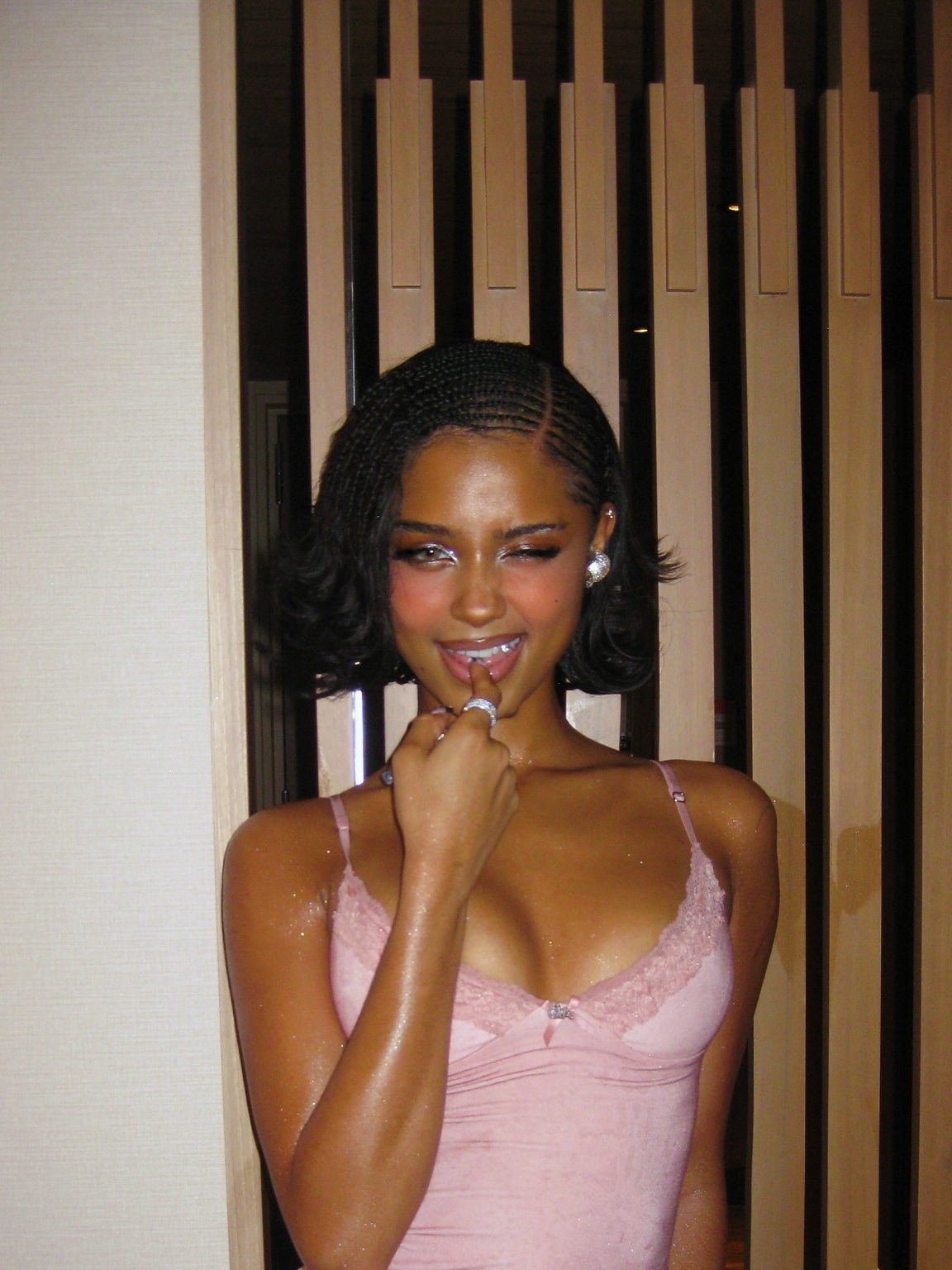Pagani celebrates 25 years of making limited and intricately designed cars. Horacio Pagani, the founder of Pagani Automobili, tells David Ho about designing cars and Pagani’s plans in Asia
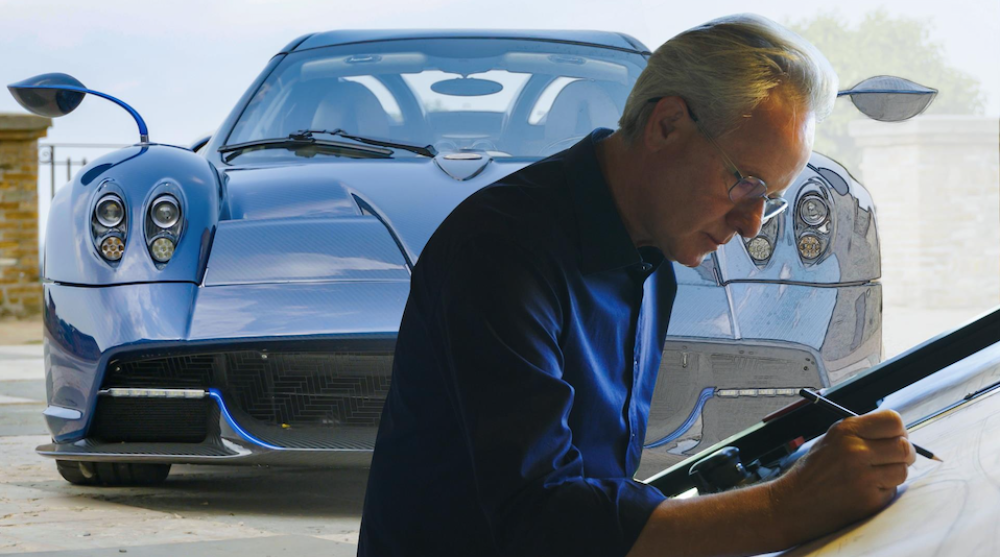
As Pagani celebrates 25 years of excellence, its founder Horacio Pagani himself has come to Hong Kong to unveil some exclusive and exquisite models at their showroom in Repulse Bay. The event will see the Pagani Utopia on display for the first time in Asia Pacific. It will also host the iconic Zonda S and Huayra Tempesta, and the one-off Huayra BC Absolute.
Having worked for Renault and Lamborghini before founding his own car company, the Argentine-Italian businessman and engineer is a celebrated leader in the automobile industry and aims to continue building a community around his innovative designs.
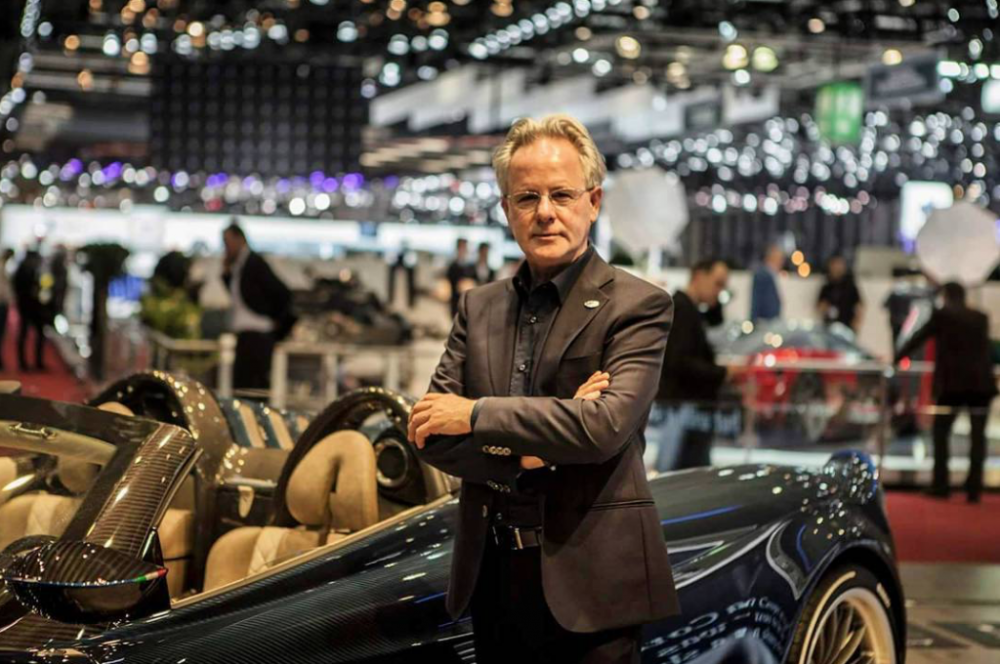
Congratulations on 25 years! What do you think has been the secret of your success and longevity?
25 years compared to the ones around us is a very short time. Maserati is more than 100 years old, Ferrari has more than 75 years of amazing cars, while Lamborghini is celebrating 60 years. We come from a land of companies that have made great achievements in the sports car industry. The key to the last 25 years and how we see the future is to keep working with passion, discipline and respect for the clients. We have to invest a lot in research and development to find that element of combination with art and science, which is our pillars at Pagani. We have worked to follow Leonardo Da Vinci’s lessons and experiences during the Renaissance period. It is 25 years but it is the same passion that we have from day one.
Another point is that if we look at the companies that we mentioned before – Ferrari, Maserati, Lamborghini – they have all found their unique language. So what we have to keep working on is finding ours and the long-term plan to establish our own identity and the unique elements that represent the Pagani brand.

I understand this is the first time that the Pagani Utopia will be on display in Asia Pacific. Besides having only 99 models, please tell us what makes that car so special.
Before we talk about Utopia, we also like to speak about the other models. We have 25 years and this is the third chapter of our short history. The Zonda was produced from 1999, the Huayra in 2011, and we presented the Utopia last year. That’s basically three models in the last 25 years. The design and the manufacturing of Utopia reflects work that has been carried out through working with our clients, understanding what they see in our cars and what they look for in future models. It has been amazing to look at the feedback of the clients.
All 99 of the cars were sold 2 years ago, a year before the full unveiling of the car. It is incredible to see that result. For the spirit of the Utopia, we are always looking for something that doesn’t follow any trend, any specific moment of history, but takes inspiration from the past and looks a little bit into the future. The design for Utopia took us almost 7 years to work on. You always have to work to find the newest technology to put in the car, because the clients need to find the best of the best. At the end of the day, it is the research on the small details and finding a shape and design that is timeless. Again, it doesn’t follow a specific moment in the history.
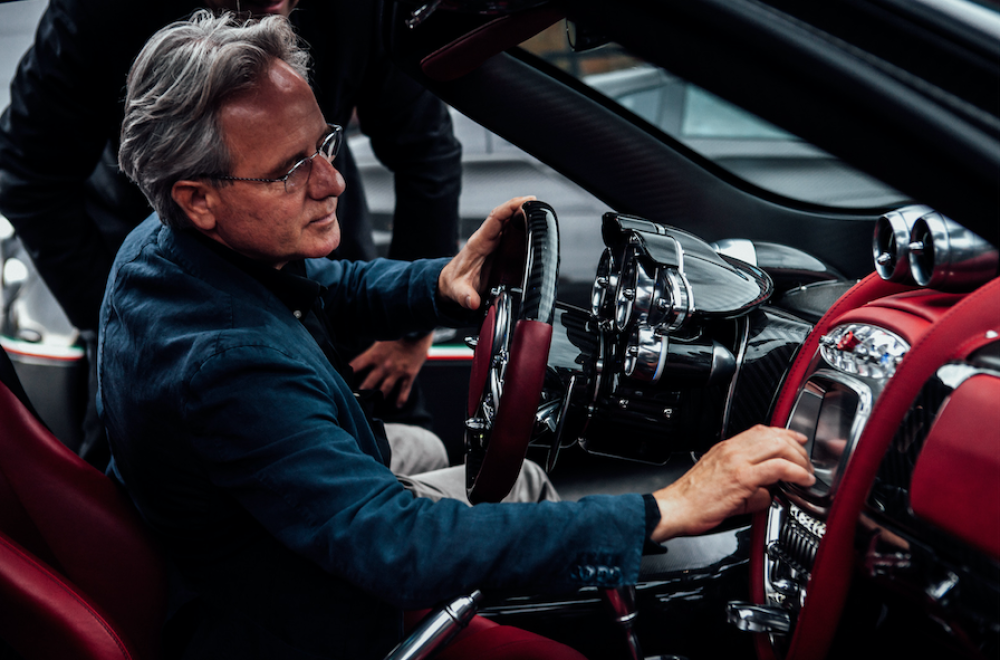
In your opinion, what makes a car design special? What do you look out for aesthetically?
To find something unique and timeless.
You started in this business from a young age. As you look back, how have your inspirations changed? What is inspiring you these days?
The inspiration hasn’t really changed, it has stayed pretty much the same. The difference is that through 25 years, I was able to stay inspired thanks to the clients, the people we meet in person telling us their stories and ideas. There is a lot to be inspired by from their stories. Every time we meet them, we are more motivated.
Thanks to the cars, we get to visit clients in different markets around the world. We get to know different cultures and the dialogue with them is what really makes the difference.
Also see: Collector cars up for auction in Hong Kong
Where do you see the future of automobile engineering and design going?
Engineering and design is actually something we really care about. When it comes to the engineering for the hypercar market, we have seen that there are some opportunities due to the different power trends. This is something that we explore and study at Pagani, we want to make sure that we have all the data in-house to understand what could be the future for us.
It is fascinating to study. Anything that is about innovation, we don’t shy away from and aim to bring it to you. When it comes to the technology, there is a lot to explore as there are more and more simulation programs for designers and engineers. Those help one to find better results and efficiency in everything that we have to create for our cars. So it is the matter of bringing the technology to the Pagani team and exploring how to use it for our hypercars together.
We can say that the team is very motivated and very young at the same time, because sometimes the technology they follow is also the same age as them. That’s a nice thing to have. There is more talk about artificial intelligence (AI) and how this could be implemented, but what we still need is the human touch. We still need the touch, the curiosity to experiment with all the elements on model cars, and to design by hand for years in search of beauty.
To do that, you have to get close to these things. There is this thing I like to call an ‘intellectual manuality’. It comes from your head, your brain, it goes to your heart and is then transferred to your hands. Because it is all connected. In our case, we take more of that approach when designing beauty. This is how we are going to keep working, we still need that human touch.
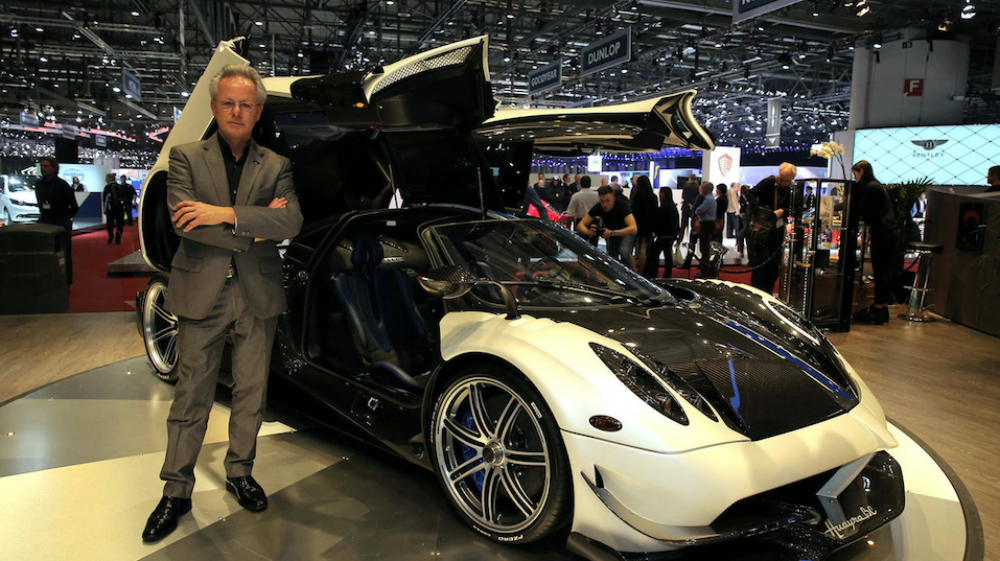
Going back to what you spoke about simulations, do you have in-house simulation programmes for R&D purposes?
We do for R&D engineering, all the mechanical parts and designs, and to test the aerial dynamics of the car. There are lots of simulations being done now by computer. As a small company of about 220 employees, it gives us an edge to be able to have that kind of technology in-house, and have people that are able to create to use them. Though we don’t have all the possibilities that larger brands could have, we have always been very forward thinking.
What have been some changes you’ve seen in the luxury automobile market, especially in Asia?
We want to make a little bit of differentiation between a luxury car brand and a brand that produces fast cars. There is this division where if you say ‘luxury brand’, you do luxury cars. If you are an automotive brand, the main focus is performance and it is not seen as a luxury brand. There is a little bit of separation between the two things. Luxury is not just related to a high price tag or very high performance. I want to take the luxury market as more of a place where there is a very high sensibility on art, so they can appreciate the craftmanship, materials, and details.
If we speak about the APAC market for Pagani, the clients that we have had the luck of welcoming to the family people that when they come to buy a Pagani, they understand the product. Their eyes are aware of beauty. Like sophisticated buyers of art, they understand.
One of the most important parts of owning a Pagani is the experience is being part of this family, so it is not really just about buying the product, but being able to meet people like you from all over the world at events that we have organised. They meet up, share their lives and ideas with each other. Sometimes they have similar stories of developing a business and wanting to buy a very nice car as a reward. I think the lucky aspect of our brand is that we are able to provide an experience, which is not just the product, and to bring people with a shared passion together.
Tonight, we have dinner with a group of clients from Singapore. They knew that I didn’t have time to go down to Singapore, so they came up here just to spend some time together.
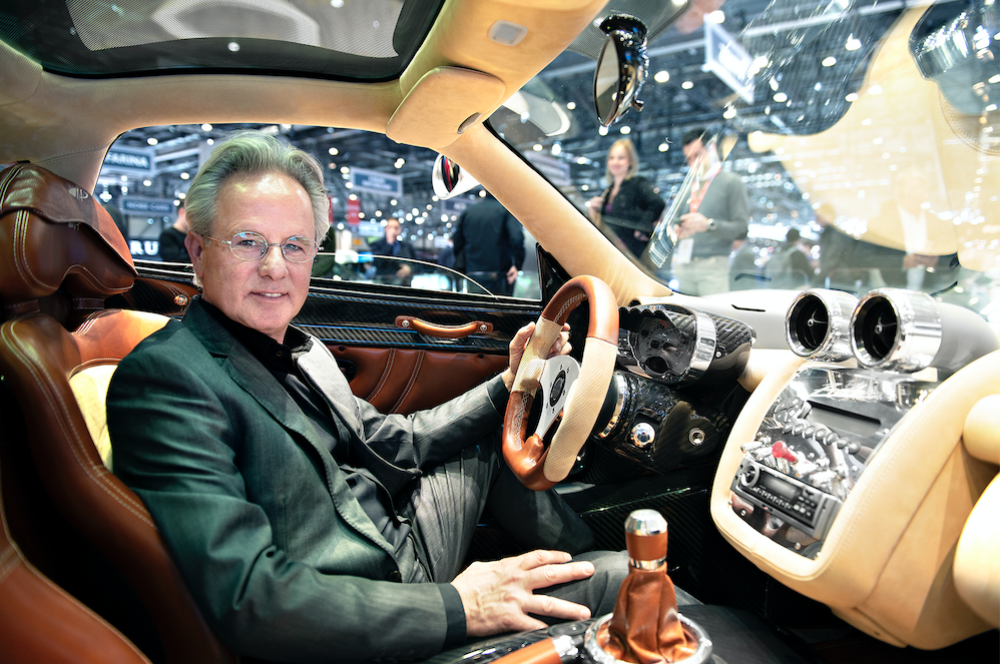
What are Pagani’s plans and goals for the Asian market in the coming years?
We started in Hong Kong in 2006, so the family of owners here have been following us pretty much from the beginning. The future goal for Asia is to make the family grow in an organic way. For APAC, we are focused mainly on Hong Kong, Japan, Singapore and other developed markets along with Australia.
We have also created a second company called Pagani Arte, which is dedicated to projects that are outside the automotive industry. For example, we are working on interiors for helicopters, private jets, as well as interior design. We currently have projects in Dubai, Miami, and Saudi Arabia. Our goal is to do something in APAC, because there is demand in this part of the world. As we have clients keen to do more of these kinds of things, we wish to do something here too.
Also see: Ferrari: Maintaining luxury cars with The Ferrari Classiche Programme





